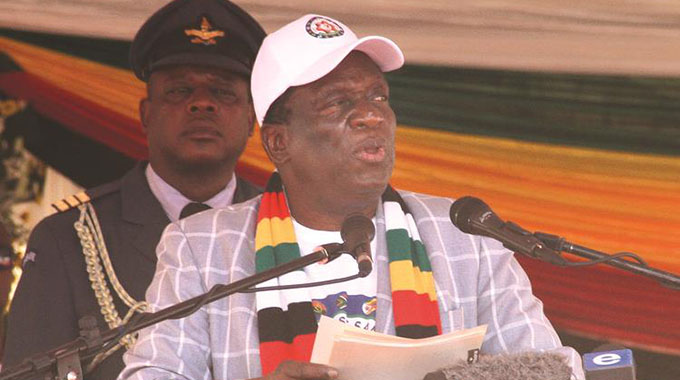Tiny brains don’t stop birds from having complex society
Elizabeth Preston Correspondent
A pack of bald-headed, boldly plumaged birds steps through the grass shoulder to shoulder, red eyes darting around.
They look like middle scholars seeking a cafeteria table at lunchtime. Perhaps they’re not so different.
A study published on Monday in Current Biology shows that the vulturine guineafowl of eastern Africa, like humans, have many-layered societies.
In the past, scientists hypothesised that such social structures require a lot of brainpower. But the pea-brained guineafowl are revealing the flaws in that assumption.
Damien Farine, who led the research and is an ornithologist at the Max Planck Institute of Animal Behaviour who studies collective behaviour, first worked in Kenya during his post doctoral research on baboon societies.
Baboons are a model for researchers trying to understand how human society evolved.
Some kinds of baboons live in groups within groups, a structure that’s called a multilevel society.
“Humans are the classic multilevel society,” Dr Farine said.
Imagine a human family living in a village: The family might be friendly with other families within the village, which in turn might have ties to neighbouring villages, and so on.
Keeping track of these relationships can be complicated.
“People have long hypothesised that living in complex society is one of the reasons why we’ve evolved such large brains,” Dr Farine said.
Researchers have found evidence for multilevel societies in some other large-brained mammals such as monkeys, elephants, giraffes and sperm whales. But as Dr Farine studied baboons, he also watched the vulturine guineafowl wandering around his study site.
“I was really struck by the social behaviour that they exhibited,” he said.
These hefty birds can fly, but rarely choose to. Instead, they stroll across the landscape in packs, often walking so closely that their bodies touch. They may chase each other or fight to maintain their strict hierarchies. But at other times they engage in friendly behaviours like sharing food. Their groups are unusually large for birds, sometimes including 60 or more individuals.
And while most other social birds are very territorial, Dr Farine says, groups of vulturine guineafowl don’t mind sharing turf.
He suspected the guineafowl might have a social structure just as interesting as baboons.
So he and his colleagues began an intensive study of vulturine guineafowl society at the Mpala Research Centre in Nanyuki, Kenya.
For a year, they made daily observations of 441 birds — nearly every adult in the local population. They counted 18 groups in total.
Coloured leg bands in unique combinations let researchers tell the black-and-blue birds apart. Scientists also attached little solar-powered GPS devices to the backs of 58 birds, including one or more in each group.
This let them see exactly where every group went, 24 hours a day, for a whole year.
They found that group membership was stable; birds stuck with their pack.
Each group included multiple breeding pairs, along with other birds. Groups often met and interacted — in fact, certain groups seemed to prefer hanging out together. Some groups even bunked together at night.
“Even though they did not share the same home range during the day, they seemed to seek each other out at night and roost together,” Dr Farine said.
The birds would all fly into the trees to sleep, then alight in the morning — hundreds of birds milling around in one place — and gradually sort themselves back into their original groups for the day.
The vulturine guineafowl, in other words, have a multilevel society. There are groups within groups within the population as a whole. Dr Farine says there even seem to be clusters of friends within the small groups.
This is the first time anyone has observed such a society in a bird. — nytimes.









Comments